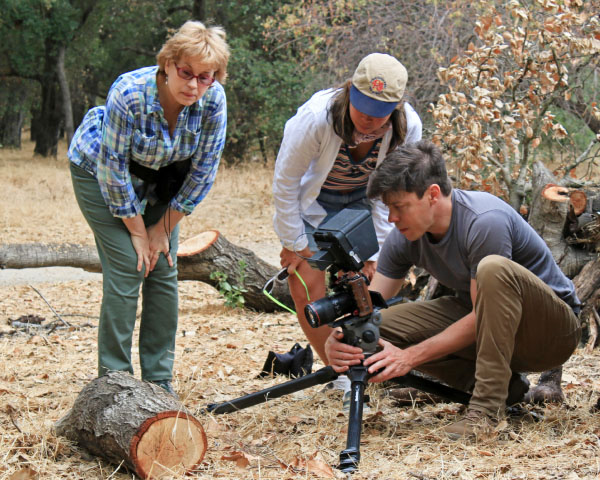The FDA recently issued emergency authorization for pooled coronavirus testing, which allows multiple samples to be tested at once.
The method is just starting to be used in California, including at Stanford, and health officials say it has the potential to significantly increase the state’s testing capacity, which has been an ongoing challenge.
Stanford statistics professor David Donoho and colleagues recently published an article for the Society for Industrial and Applied Mathematics detailing how pooled COVID-19 testing can be maximized using math.
“You take a group of patients, combine some of their specimen material, and then you test the pooled specimen to see if you get a positive result,” he said.
When a pool tests positive, labs can go back and test each person’s remaining sample separately. In another method, Donoho says, people’s samples can be divided into smaller samples and spread across different pools.

